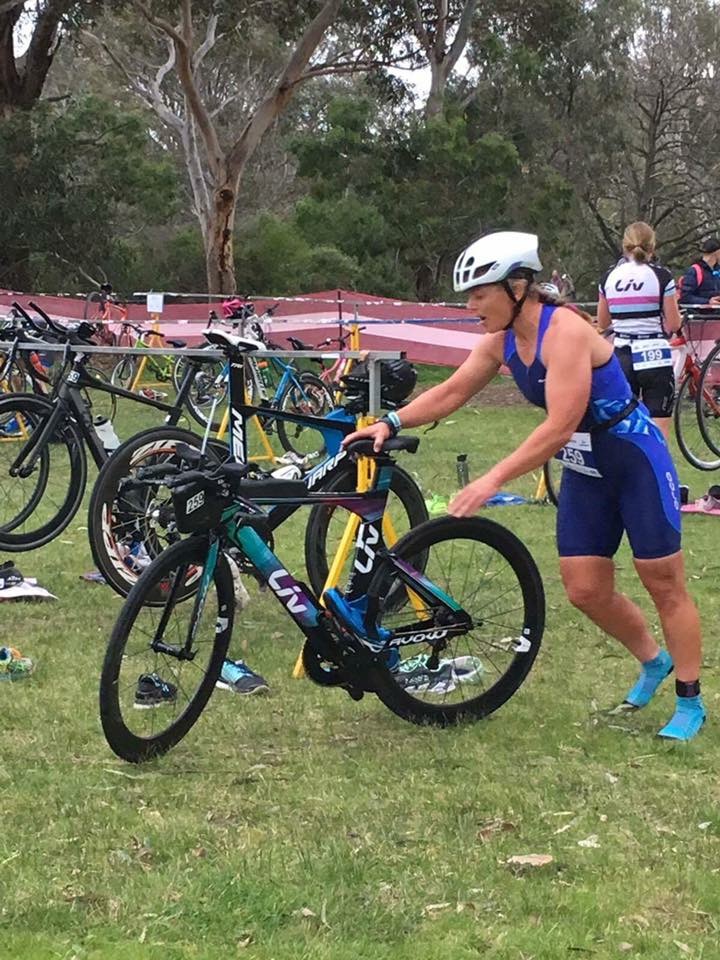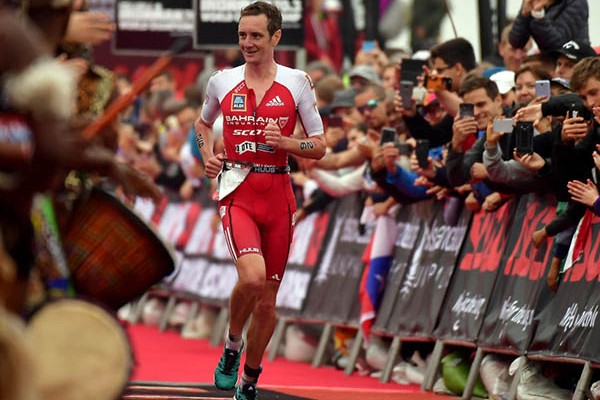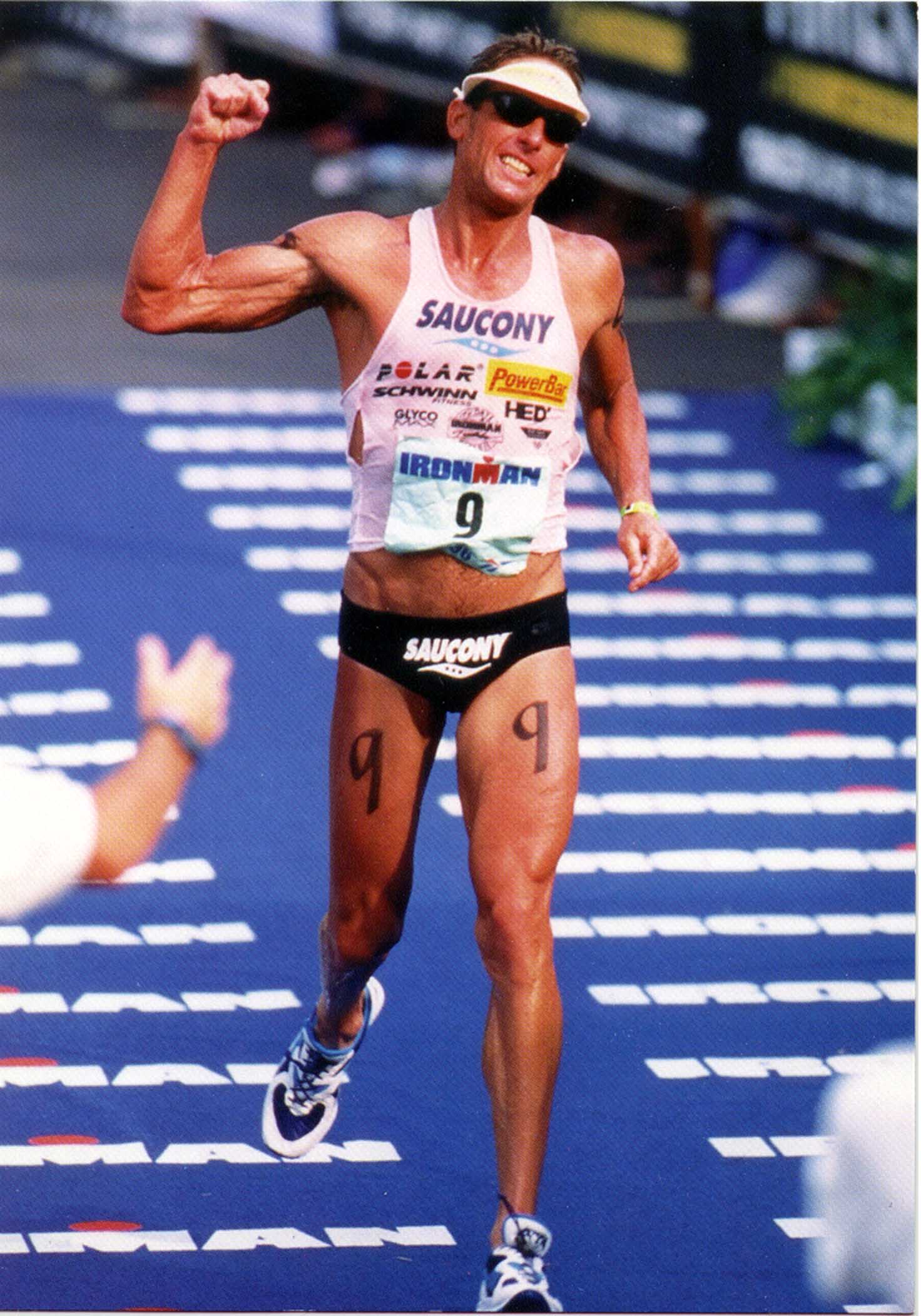Tips for Fast Triathlon Transitions
Transitions are key in shorter distance triathlons and if done efficiently a few minutes off your next half or full long-distance triathlon.
In all distances of racing, creating a gap on a competitor in transition and out onto the bike or run can mentally “break” them. You can see this in elite racing, where seconds mean the difference between first and second, between thousands of dollars in prize money.
Having a clear transition without too many competitors makes it easier to locate your spot, grab your gear and have a clean run through without having to avoid other athletes. This saves valuable seconds.
Tips for a speedy transition
Before the race
- Practice transitions a lot in training. Whether it is a brick or specific transition set or on your own at home.
- Have a plan as to how you will set up your transition for a race & the equipment you will need.
- Place things you will need for the bike together eg. sunglasses inside helmet and then run together eg. gel and visor next to or on top of running shoes.
- Set it up the same way each time to avoid mistakes or forgetting the order you put on or remove gear.
- Write down the number rack your transition is located on in the race transition area.
- Take note of any large, external features such as a distinctive tree or building which will help you locate your position and/or rack.
- Walk through the transition exactly how you will enter & exit during the race. Look for signs to help guide you eg. “swim entry” or “bike exit”. If you are confused ask a technical official to explain it to you.
- Check out the conditions of the swim exit. Check the water depth. Can you dolphin dive and run? Will you be exiting via stairs or a ramp?
- Check out the mount and dismount lines.
- Lubricate everything to help it glide on/off easily. Examples may be baby oil or hair conditioner on your wrists, shoulders & ankles for the wetsuit or baby powder or petroleum jelly on your bike shoes and run shoes.
Transition One or T1- Swim to Bike
- Kick your legs more in the swim as you approach the swim exit. Start about 200m from the swim finish. This will redistribute the majority of your blood from your shoulders to your legs.
- Focus on regaining your breath before removing your wetsuit.
- Remove your wetsuit down to your waist and then remove your cap & goggles before you get to your position.
- Push down & step out of your wetsuit while you are putting on your helmet & sunglasses. You cannot remove your bike without your helmet on.
- Place sunglasses under your helmet straps so they stay on for the run.
- Run with your hand on your saddle or holding onto the head stem to allow you to run with one arm moving.
- Use your preferred method of getting on the bike. Make sure you stay to the left (in Australia) and run a little past the mount line to get some clear road in order to execute your mount.
Transition Two or T2- Bike to Run
- In the last kilometer of the bike increase your pedaling cadence with a slightly easier gear in order to prepare your legs for running.
- If you leave your shoes on the bike, give yourself enough time to remove your feet from the shoes and place on top before dismount.
- Run with your hand on your saddle or holding onto the head stem to allow you to run with one arm moving.
- Remove helmet only after racking your bike.
- Put shoes on and grab anything else you need for the run. Put these items on as you are running out of transition.
- Start the run with a high cadence to get the body used to running again.
Further Reading
Triathlon 220- The Physiological changes your body goes through in Transition
GPC Blog- Essential Tri Gear Running, Brick & Transition Sets
GPC Blog- Triathlon Race Schedule
GPC Blog- The Fourth Leg. Transition is a key component to sprint distance triathlon









